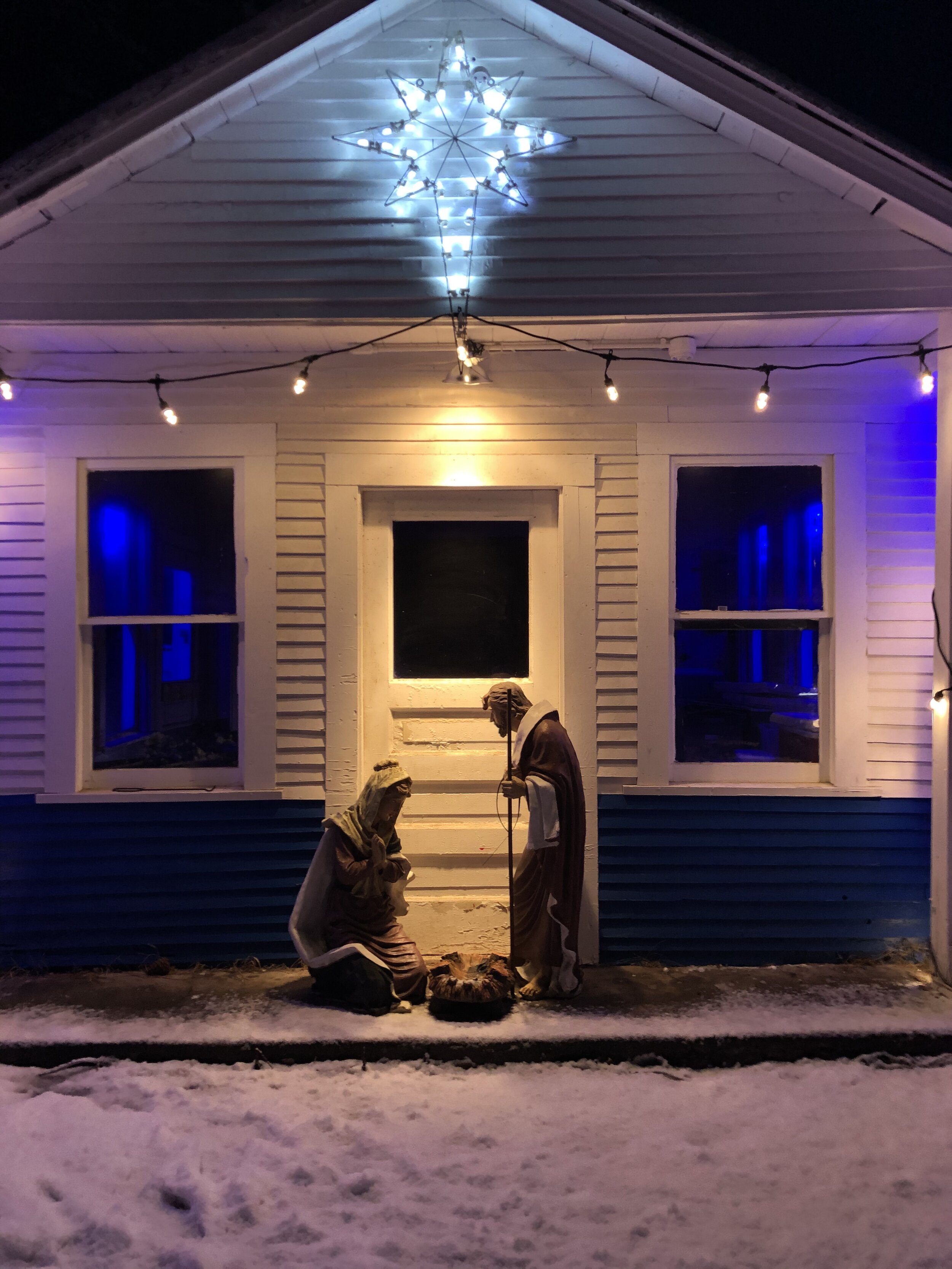How do we determine what needs to be done, how it needs to be done, and when it must be done?
It’s true that we all make commitments that we need to follow through on like it or not, and, there are deadlines that are unmovable and non-negotiable.
But.
What about those deadlines we create for ourselves even though no one else is waiting for us to hold fast to our self-imposed timing? Or the self-inflicted expectations that others don’t care about, or for that matter, even know about? What about them?
Do we really have to get our holiday cards in the mail before Christmas? Or even send any this year?
Is anyone else actually expecting us to make the perfect holiday dinner that we’ve always had,? And if they are, maybe that’s not on us.
Do we actually need to get “just one more gift” for ___________?
Is it imperative that we take on that home-improvement project in January?
Is it critical that we take on three new clients right now?
Don’t get me wrong. I’m not advocating being a flake, or neglecting to practice good planning, goal setting, and time stewardship practices. Nor am I suggesting that there aren’t important ways in which we want to diligently spend our time and energy. What I am pondering, and maybe you would like to ponder along with me, is the cost to us and those around us when we cling to our notions of what needs to be done, exactly how it must be done, and when it has to be completed?
Photo by Frans Van Heerden from Pexels










